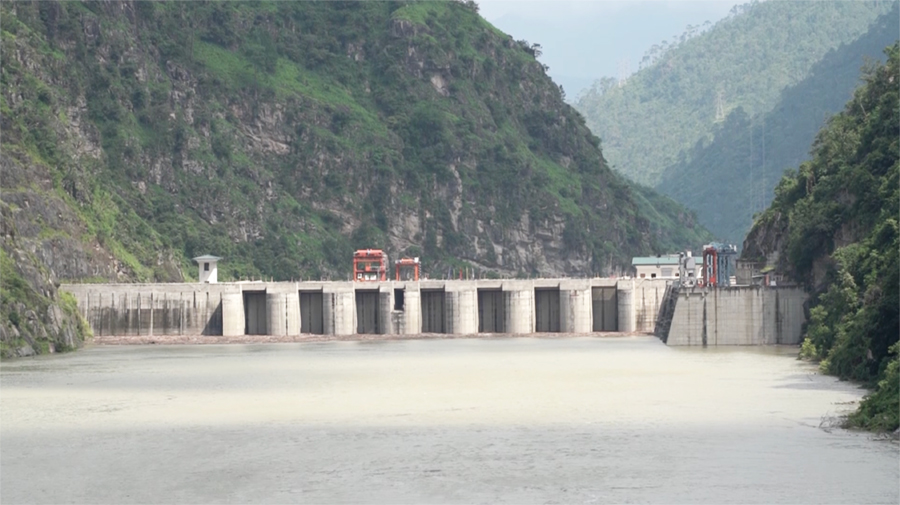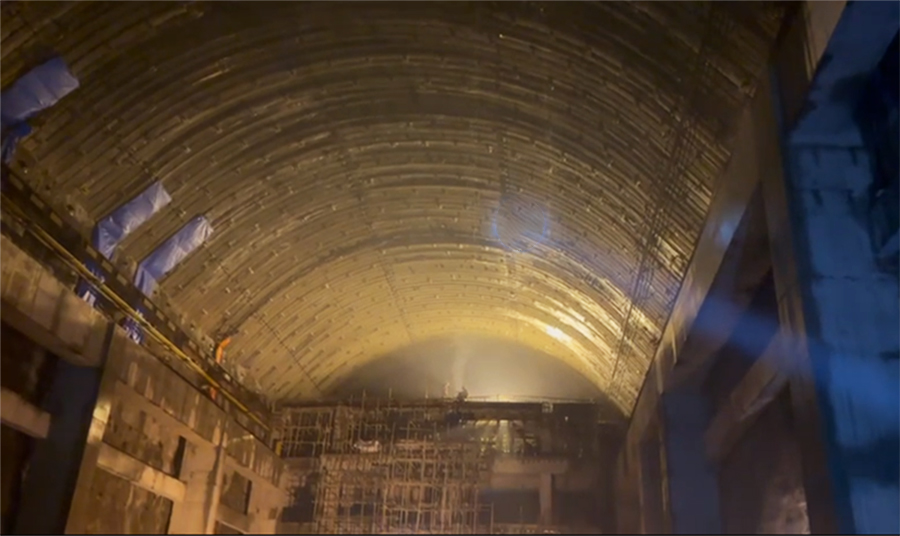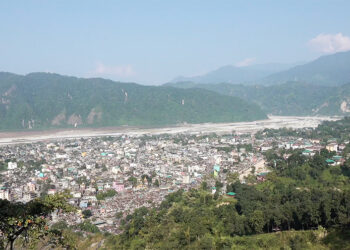
Delays in fully commissioning the Punatsangchhu-II hydropower project are expected to affect economic growth in 2024. The country’s economy is now projected to grow by five per cent this year, over one percentage point lower than earlier estimates. The finance ministry, in its latest macroeconomic situation report, said that the downward revision was mainly due to the PHPA-II commissioning delay and fewer tourist arrivals than anticipated this year.
 The finance ministry’s earlier economic growth projection of 6.1 per cent for 2024 has been lowered due to seepage issues with Punatsangchhu-II and a reduction in the tourist arrival target by 50,000.
The finance ministry’s earlier economic growth projection of 6.1 per cent for 2024 has been lowered due to seepage issues with Punatsangchhu-II and a reduction in the tourist arrival target by 50,000.
The agriculture sector has also shown no growth in recent years. Growth in agriculture, livestock, and forestry has remained stagnant.
This year, the agriculture sector is expected to grow by only one and a half per cent, with no improvement anticipated for the next year.
Although the concessional credit line under the government’s Economic Stimulus Programme and projects outlined in the 13th Five-Year Plan are expected to drive growth in the agriculture sector, the report states that the credit line’s impact on the agriculture and livestock sectors has been negligible so far.
Growth in the industry sector is expected to remain modest this year. However, after slowing to 6.2 per cent in 2024, the sector is projected to grow more than threefold in 2025, with PHPA-II likely to be commissioned in June.
Within the industry sector, the low growth estimate of two per cent in manufacturing this year indicates the need for focused interventions to enhance domestic production.
The finance ministry’s report stated that the current average growth estimate of nearly 10 per cent for the industry sector during the 13th Five-Year Plan is insufficient to achieve the required 10.2 per cent needed for a GDP size of USD 5bn.
Meanwhile, the service sector, which has been a key driver of Bhutan’s economic growth, is also facing challenges.
Service sector growth is estimated at 5.3 per cent this year but is expected to slow to 4.4 per cent in 2025. The report attributes this decline to reduced wage growth in public administration after adjusting for inflation.
As the service sector’s performance heavily relies on tourism, meeting annual tourism targets is crucial. The tourist arrival target for 2025 has been revised to 250,000.
Over the next five years, average economic growth is projected to be seven per cent, falling one percentage point short of the 13th Five-Year Plan target. These projections are based on the anticipated commissioning of both Punatsangchhu I and II and tourism numbers returning to pre-pandemic levels.
Sherub Dorji









